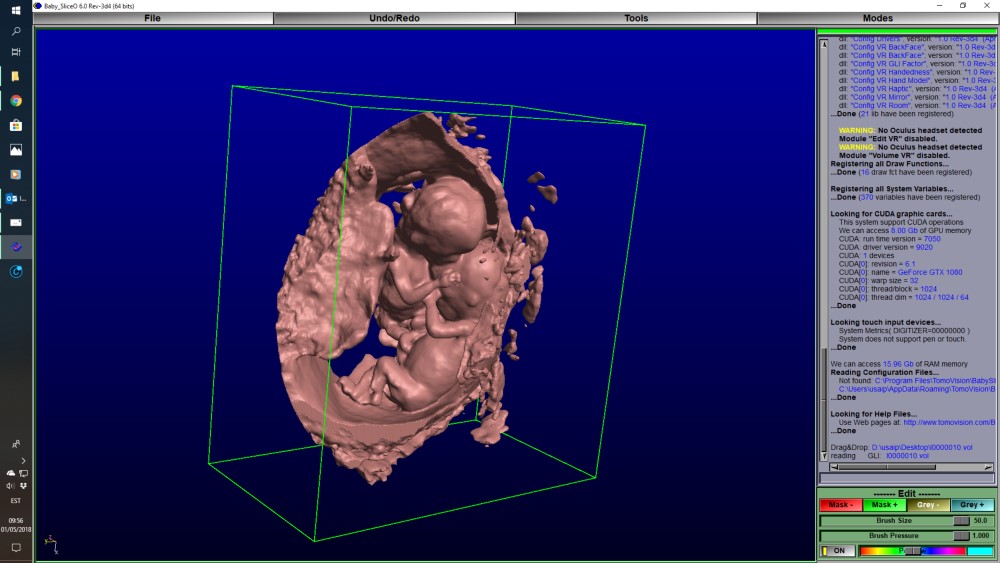
So if you want to do models from the datasets, you are better with the 3D. You can see a list of the 3D ultrasound file format I have encounter up-to-now on my web site:Īlso, do not forget that 4D files usually have a lower resolution than 3D. Actually there's 2 variation of the MVL format, the one used by the Accuvix I call "version 221" is a lot more complex than the "old" variation. It is a proprietary format developed by Medison. MVL is not DICOM or even a variation on DICOM. The data inside these files can be either spherical or Cartesian. Indeed the Accuvix will export the 3D/4D data in ".mvl" (Medison Volume) format. Give it a try and let me know if you like it. Unfortunately, it is not free, but you can try it without any licenses. I do have a product that will read most of the 3D ultrasound files and create an STL model directly from the datasets (spherical or Cartesian). (Let alone the fact that ultrasound datasets are inherently very noisy!) So most of the standard software that can do 3D from CT or MR will not be able to cope with the data files. And anyway, since they also need to save the original (untransformed) data, the companies that do offer Cartesian voxels, usually save them in the same way as the original, so they are not saved in normal DICOM tags, but in their proprietary version.

They can re-format the voxels to be in Cartesian, but then the data has been transformed and nobody like that.


They can save the data in private tags inside a DICOM file (Ge, Hitachi, Philips) They can save the data in proprietary format (Kretzfile for Ge, MVL for Samsung). DICOM (as it stand now) only support voxels in a Cartesian system. Because of the way the images are generated, 3D ultrasound data have voxels that are expressed in a spherical system.


 0 kommentar(er)
0 kommentar(er)
